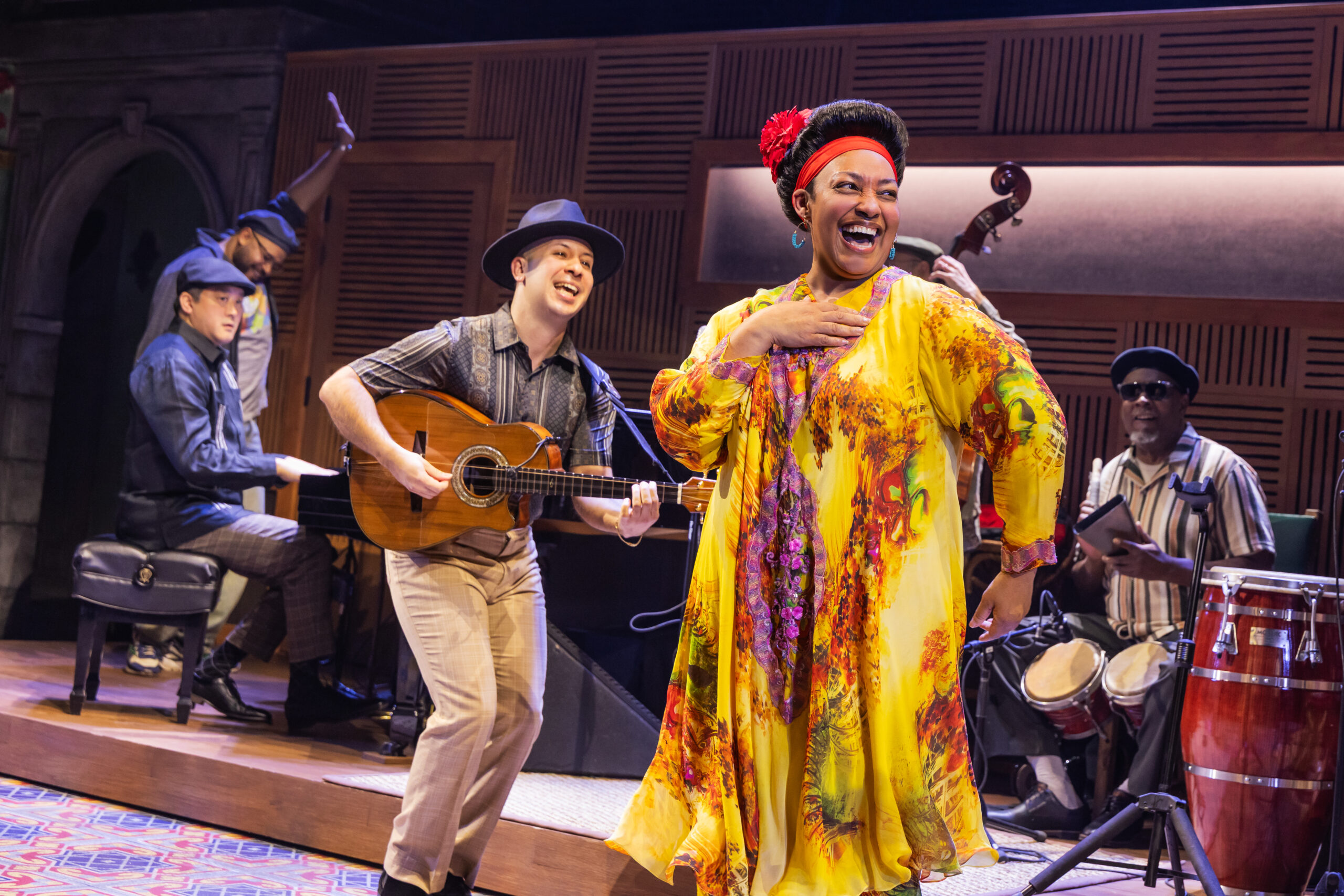Three Exhibitions to See in New York This Weekend
Three Exhibitions to See in New York This Weekend
Feliciano Centurión: Abrigo includes "visually rapturous metaphors for shelter, protection, warmth and the immigrant experience," writes Gabriella Angeleti in The Art Newspaper.
Feliciano Centurión: Abrigo marks the first solo exhibition in the US dedicated to the Paraguayan-born painter, who is best-known for his paintings on textiles that combine cosmic geometric patterning with traditional South American motifs. Centurión died aged 34 in 1996 from Aids-related complications and has been posthumously overlooked. The show, on view at Americas Society (until 20 November) covers six years of his career, including large-scale works like Medusas (1994) that demonstrate his technique of transforming “kitsch” textiles like blankets he sourced in the garment district of Buenos Aires, where he relocated in the late 1980s, into visually rapturous metaphors for shelter, protection, warmth and the immigrant experience. Smaller hand-stitched pieces contain spiritual, sentimental and sometimes poignant texts related to his illness, such as Mis glóbulos rojos aumentan (My red-blood-cell count increases) (around 1996). Centurión’s work embodies the phrase “the personal is political” and “explicitly talks about his sickness, the effects of HIV on his body, his mortality, his feelings of love and his religion”, says the curator Gabriel Pérez-Barreiro. “This personal work was a very new spirit in art in the 1990s”, when HIV was widely stigmatised as “gay plague”, he adds...









